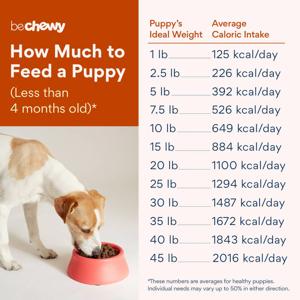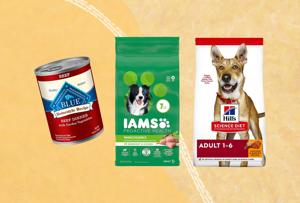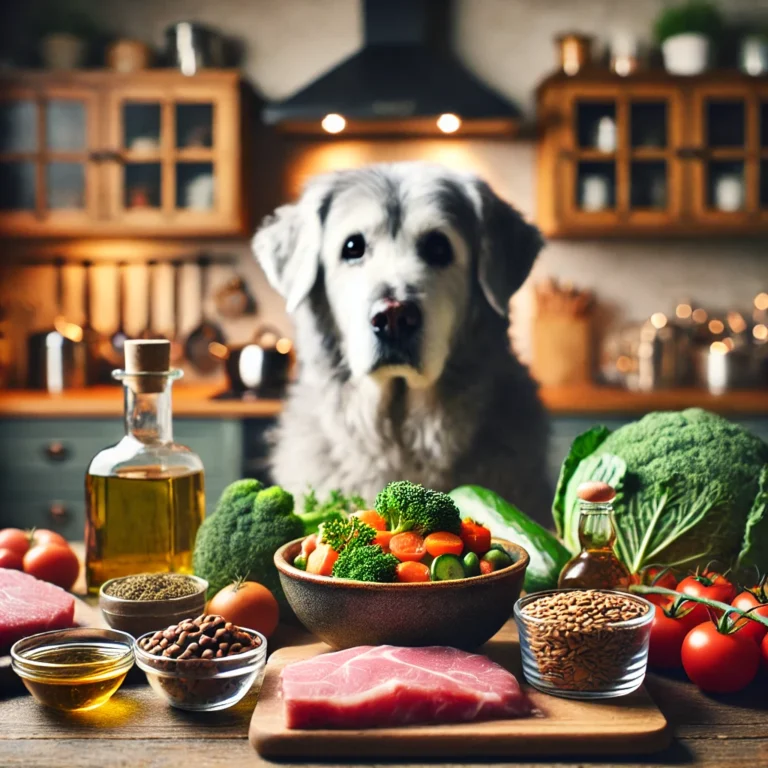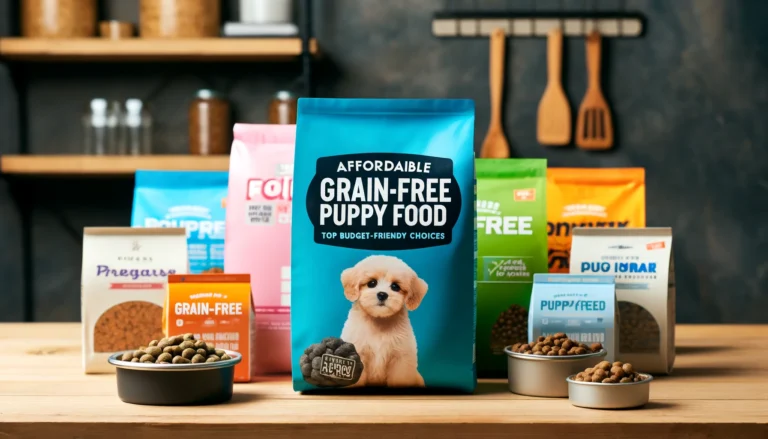Puppy Nutrition Tips: Fueling Your Furry Friend’s Growth
Feeding a puppy isn’t just about filling their bowl with food. It’s about giving them the right start in life. Puppies grow fast and need the right nutrition to support their development.
Puppies should eat three to four meals a day until they’re about 6 months old. This helps keep their energy levels steady and prevents low blood sugar. As they get older, we can slowly reduce the number of meals.
Choosing the right food is key. Look for puppy-specific formulas that meet their unique needs. These foods have extra protein, fat, and calories to fuel their growth. We’ll also want to adjust the amount we feed based on our puppy’s size and breed.

Key Takeaways
- Feed puppies 3-4 times daily for steady energy and growth
- Choose puppy-specific food formulas rich in protein and calories
- Adjust food amounts based on your puppy’s size and breed
Fundamentals of Puppy Nutrition
Feeding a puppy properly is key to their health and growth. Let’s look at what makes up good puppy food and why certain nutrients matter so much.
Understanding Puppy Food Labels
Puppy food labels can be tricky to read. We need to look for foods that say “complete and balanced” and meet AAFCO standards. This means the food has all the nutrients puppies need.
It’s best to pick food made just for puppies or for “all life stages.” These foods have the right mix of nutrients for growing dogs.
Check the ingredients list too. Meat should be first. This shows there’s lots of protein, which puppies need to grow.
Optimal Nutrients for Development
Puppies need the right balance of nutrients to grow well. Protein is super important. It helps build strong muscles. Aim for at least 22% protein in dry puppy food.
Fat gives puppies energy to play and grow. Look for foods with at least 8% fat.
Calcium and phosphorus are crucial for strong bones and teeth. But too much can be bad, especially for big breed puppies.
DHA is good for brain growth. And fiber helps with digestion.
The Role of Protein and Fat in Growth
Protein is the building block for puppy growth. It helps form new cells and tissues. High-quality protein from meat sources is best.
Fat provides energy for active puppies. It also helps absorb some vitamins. But too much can lead to weight gain.
The right balance of protein and fat keeps puppies growing at a healthy rate. This is super important for large breed puppies. They need to grow slowly to avoid bone problems later.
We can adjust protein and fat levels as puppies grow. Younger pups often need more, while older ones might need less.
Feeding Your Puppy for a Healthy Start
Proper nutrition is key to your puppy’s growth and development. Let’s explore how to create a balanced feeding plan, transition between life stages, and choose the right food for your furry friend.
Creating a Balanced Feeding Schedule
A good puppy feeding schedule is crucial for your pup’s health. We recommend feeding puppies 3-4 times a day until they’re 6 months old. After that, you can switch to 2-3 meals daily.
Here’s a simple feeding chart to guide you:
- 8-12 weeks: 4 meals a day
- 3-6 months: 3 meals a day
- 6-12 months: 2-3 meals a day
Remember, every puppy is unique. The amount you feed depends on your pup’s breed, size, and activity level. A feeding guide on the food package can help you figure out the right portion sizes.
Don’t forget about treats! They’re great for training but should make up no more than 10% of your puppy’s daily calorie intake.
Transitioning Between Life Stages
As your puppy grows, their nutritional needs change. We need to adjust their diet accordingly. The shift from puppy food to adult dog food is a big step.
For most breeds, this transition happens around 12 months of age. But large and giant breeds might need puppy food for up to 18-24 months.
When it’s time to switch, do it gradually over 7-10 days. Here’s how:
- Days 1-3: 75% puppy food, 25% adult food
- Days 4-6: 50% puppy food, 50% adult food
- Days 7-9: 25% puppy food, 75% adult food
- Day 10: 100% adult food
This slow transition helps prevent tummy troubles.
Choosing the Right Food for Your Puppy
Picking the best puppy food can be tricky. We want to make sure it’s high-quality and meets all your pup’s nutritional needs.
Look for foods that have undergone AAFCO feeding trials. These foods have been tested and approved by experts.
Consider your puppy’s breed size too. Large-breed puppies need special food to support their rapid growth. Small-breed pups need smaller kibble sizes and more calories per pound.
Wet food or dry kibble? Both can be good choices. Dry food helps keep teeth clean, while wet food provides extra hydration. You can even mix them!
Always check the ingredients list. The first ingredient should be a high-quality protein source like chicken, beef, or fish.
Frequently Asked Questions
Puppies have unique nutritional needs. We’ll cover key points about tailoring diets, feeding schedules, and essential nutrients for growing pups.
How can you tailor a puppy’s diet based on its weight?
Small-breed puppies need more calories per pound than larger breeds. They have faster metabolisms and grow quickly. Large-breed puppies need special diets to support slower, steady growth and prevent joint issues.
We suggest checking food labels for breed-specific formulas. These are made to meet the unique needs of different sized dogs.
What are the optimal feeding guidelines for an 8-week-old puppy?
At 8 weeks, puppies should eat 3-4 times a day. Give them 5-7 minutes to eat each meal. Remove the food bowl after this time to establish a routine.
We recommend using the feeding guide on the puppy food package as a starting point. Adjust amounts based on your pup’s growth and energy levels.
Where can I find a detailed chart for puppy nutrition?
Many pet food brands offer puppy feeding charts on their websites or packaging. These charts usually show how much to feed based on age and expected adult weight.
We also suggest asking your vet for a personalized feeding chart. They can take into account your puppy’s breed, health, and growth rate.
Can you recommend a good resource or a PDF about puppy nutrition tips?
This PDF from a pet hospital has helpful info on puppy feeding. It covers common questions about portions, schedules, and transitioning to adult food.
We also like the Preventive Vet website for its easy-to-read puppy nutrition guide.
At what age should a puppy transition from three meals to two meals a day?
Most puppies can switch to two meals a day around 4 months old. Smaller breeds may transition earlier, around 9-10 months. Larger breeds might stay on three meals longer.
We advise talking to your vet about the best time to change your pup’s feeding schedule. Each dog is unique and may have different needs.
What are key nutrients that should be included in a puppy’s food?
Puppies need a balanced diet with protein, fat, and carbohydrates. Look for foods with high-quality protein sources listed as the first ingredient.
We recommend puppy-specific formulas. These have extra calcium for bone growth and DHA for brain development. Vitamins A and E support their immune system and skin health.






